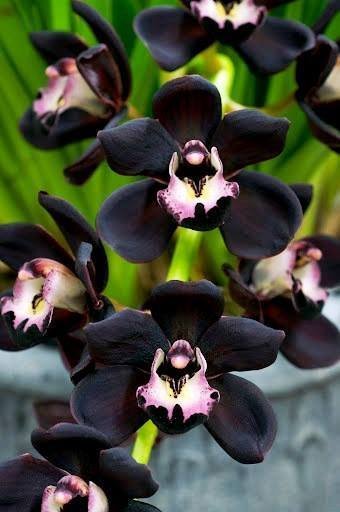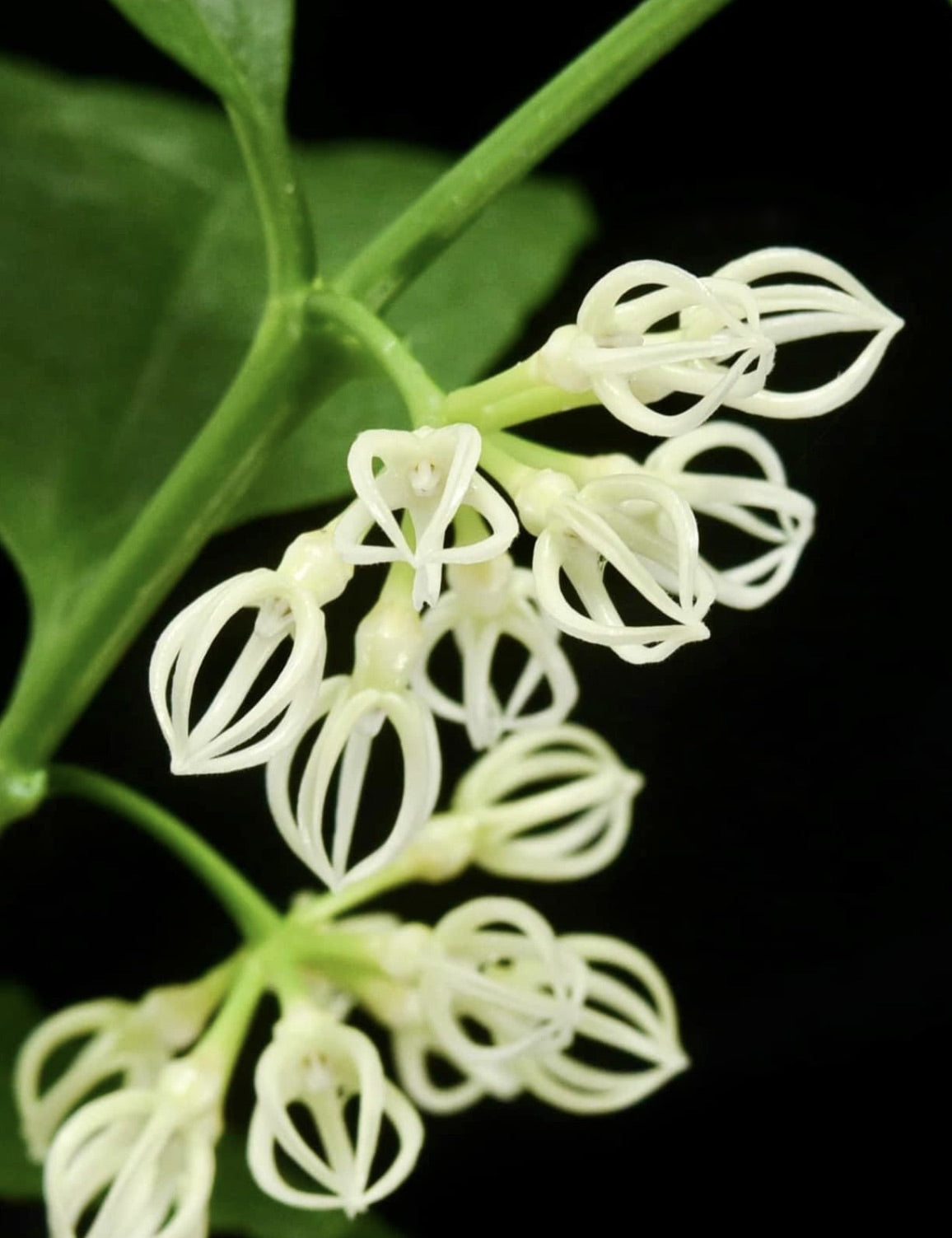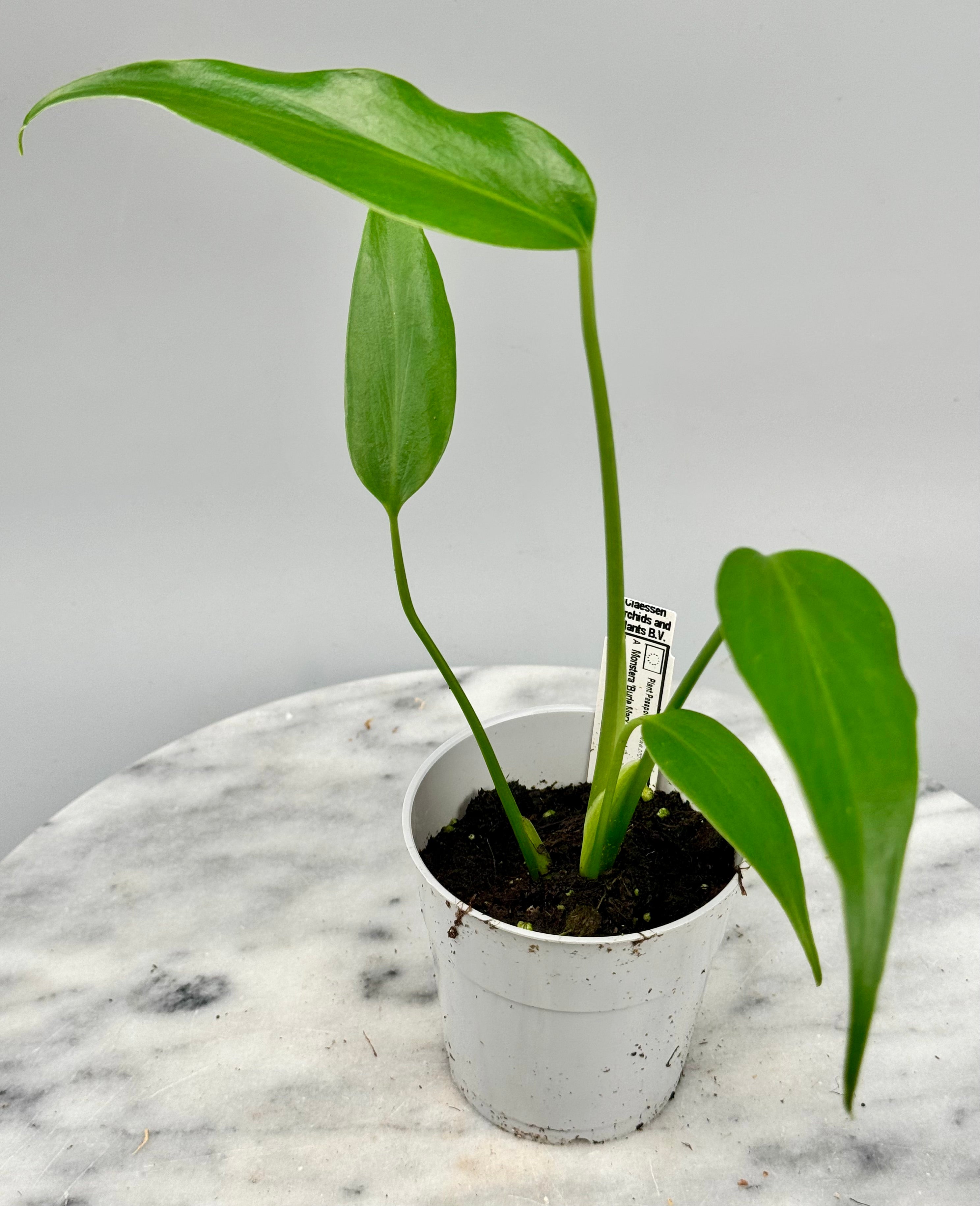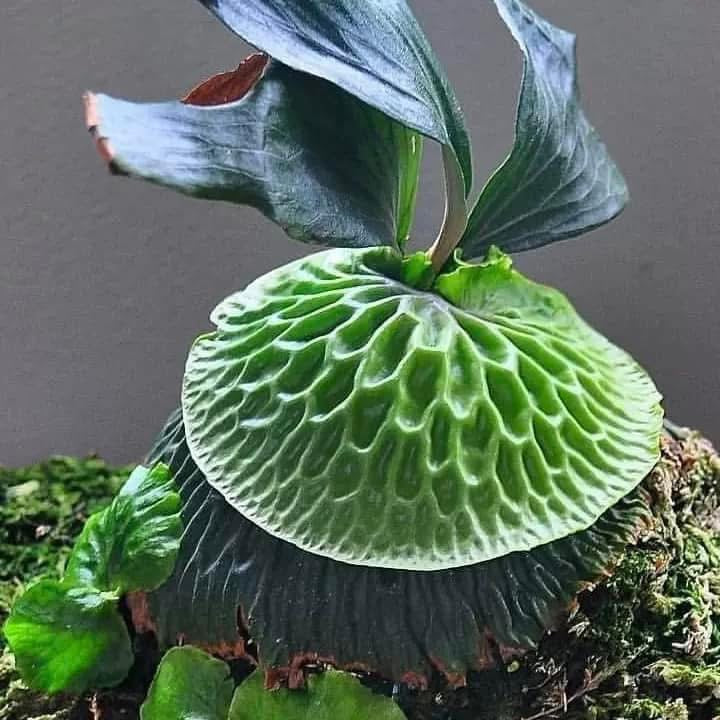A Mycorrhiza is a Latin name for fungal root. This root does not look fungal, but rather it is covered with white threads or fungus or it contains in its cells fungal threads (mycellium). When the threads are in the roots of the orchid, this is called ectomycorrhiza. Orchids only have ectomycorrhiza, and actually never their entire life cycle (only a few species that have little to no chlorophyll depend on this fungus their entire life). It is not a parasitic relationship, but rather a symbiosis (coexistence of organisms for the benefit of at least one of the parties) and in this case the benefit of both organisms. Surely, with a few special parasitic characteristics, this is a remarkable interdependence between the two.
Germination of seeds
In most orchids, fungus is extremely important for seed germination. In doing so, the orchid also benefits from a fungus at the early seedling stage.
Saprophyte (Saprophyte)
In North America, Saprophyte means "a plant that lives off organic waste" and the word is used for all plants that lack chlorophyll. A property in nature, it is actually fungi and bacteria that are the only ones that can continue this. So an orchid has a very special skill. The fungus processes organic material in the soil and converts it into fungal threads in the orchid's roots. Then the orchid "eats" these fungal threads again and extracts energy from them. So these orchids live only indirectly from the nutrition in the soil. So good roots is extremely important for orchids.
Refutation in Europe
In Europe, orchids are not called saprophytes because, among other things, they also "eat" the fungus itself through phytoalexin (more on that below). The process is considered too complex for the orchid to fall under that heading. Nor would it explain why orchids can be artificially grown under sterile conditions with organic food.
Dangerous parasitic fungi
The unusual thing about the genera of fungi of orchid roots, is that the fungi are part of genera that contain dangerous parasites. Among them are the following genera: Rhizoctonia (Rh. Solani), Armillaria (A. mellea, or shoe lace fungus), Heterobasidion (Formes annosus or pine killer).
Parasitic properties.
This may be due to the parasitic action that the fungus must perform to penetrate the cells of orchid roots. This ability is the condition of symbiosis and may be the reason between the link to the parasitic fungal genera.
Phytoalexin
The orchid also has a natural defense mechanism to ensure that the fungi cannot gain the upper hand. Once the fungal hosts have penetrated 3 to 4 cells deep into the root, the orchid forms a chemical reaction. Phytoalexins are produced, which inhibit the growth of the fungus. What happens next is quite remarkable. The orchid dissolves the fungal threads and these are digested by the plant. Several very interesting studies have been done on this in the 20e century.
So the fungal threads in an orchid form a special basis and condition for the plant to develop and are very important. Yet it is special that they "use" each other in a parasitic way. The mycorrhiza are used in the orchid as nutrition, but the orchid also protects itself. The fungus, on the other hand, has the property of wanting to penetrate the orchid and 'house' itself in it. Through phytoalexin, the orchid is protected from too much damage by the fungus in its roots and thus can also use the fungus as nutrition. In North American terms it is a saprophyte, but in European terms the relationship and processes between the orchid and the fungus is too complex.






























